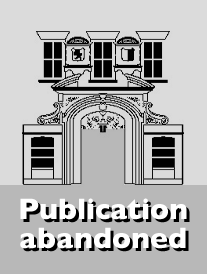
Law, Place & Maps: Balancing Protection and Exclusion analyse law's distinctively normative contribution to place-making. In an original, cross-disciplinary, analysis drawing on scholarship in law, geography, philosophy and politics, Antonia Layard considers how, both formally and formally, law operates in the fixing of borders that both protect and exclude. Centred upon four legal case studies - on public space; housing regulation; rules on the manifestation of religion; and geographic indications in intellectual property law - the book pursues a critical geographical consideration of how place is integral to ideas about identity, belonging and territory. It will be of much interest to critical legal geographers and socio-legal scholars, as well as planning, environmental, intellectual property, housing and land use lawyers.